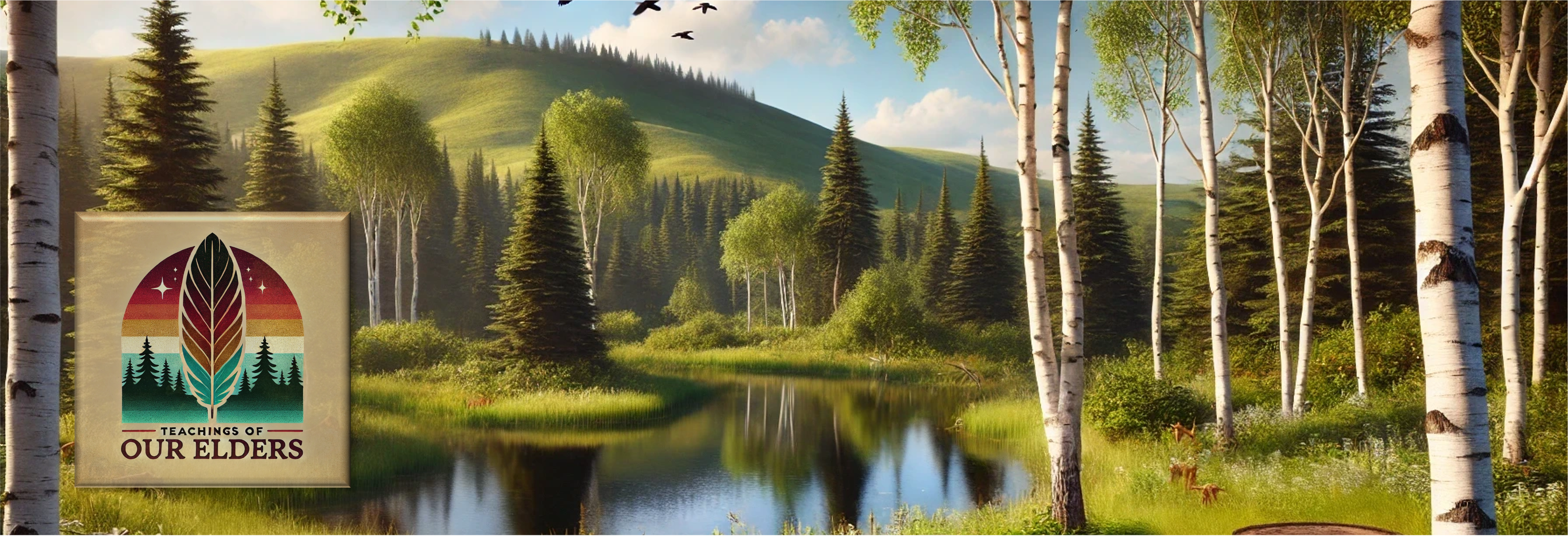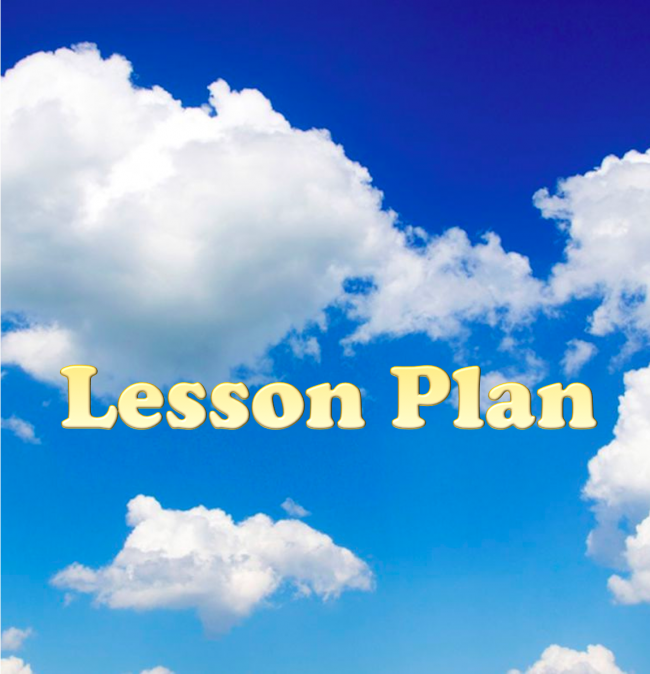Am I an Indian?
Inquiry Design Model (IDM) Blueprint™ “Am I an Indian?” NDNAEU 7 “Native Identity” Compelling Question Am I an Indian? Standards and Practices C.6_12.2.4 Explain the relationship among federal, state, tribal, and local governmental powers.C.6_12.2.5 Explain the purposes, organization, powers, and processes of tribal and local governments.C.6_12.4.2 Describe and evaluate the criteria and process for naturalization…

